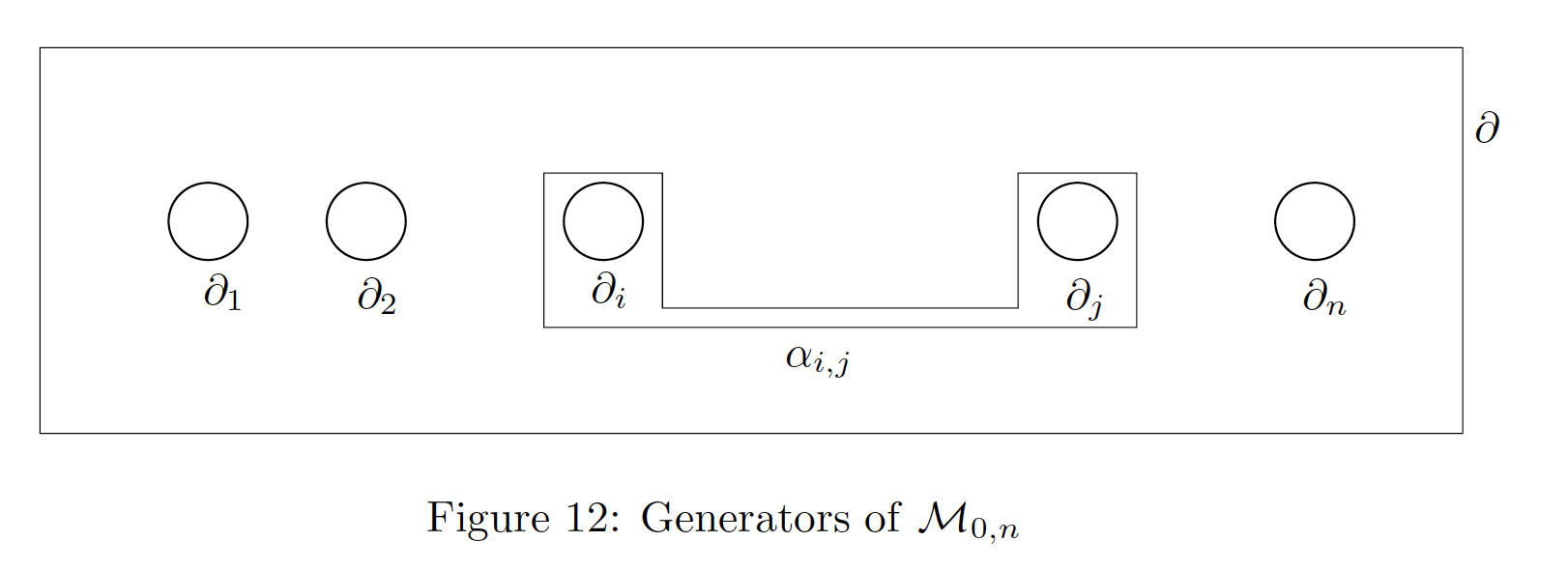Can you help me find a reference or explain how to find explicit Dehn twist generators for $MCG(S_{0,n})$, the mapping class group of a genus $0$ surface with $n$ boundary components, fixing the boundary components pointwise? (for the problem I am working on, $n=4,5$ would be sufficient.)
PS: My original post was about the mapping class group of a $n$-punctured sphere, but then I realized what I am looking for is Dehn twist generators for the mapping class group of a sphere with $n$ boundary components, so I edited the problem accordingly.

